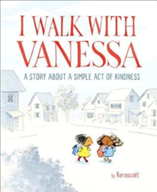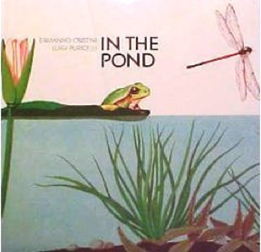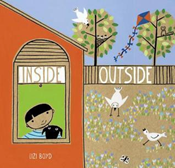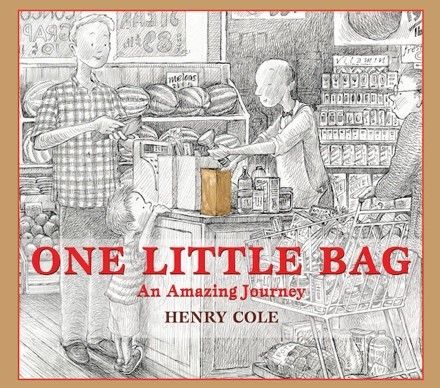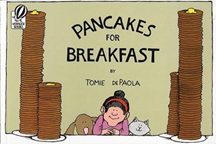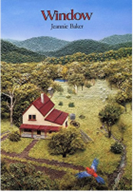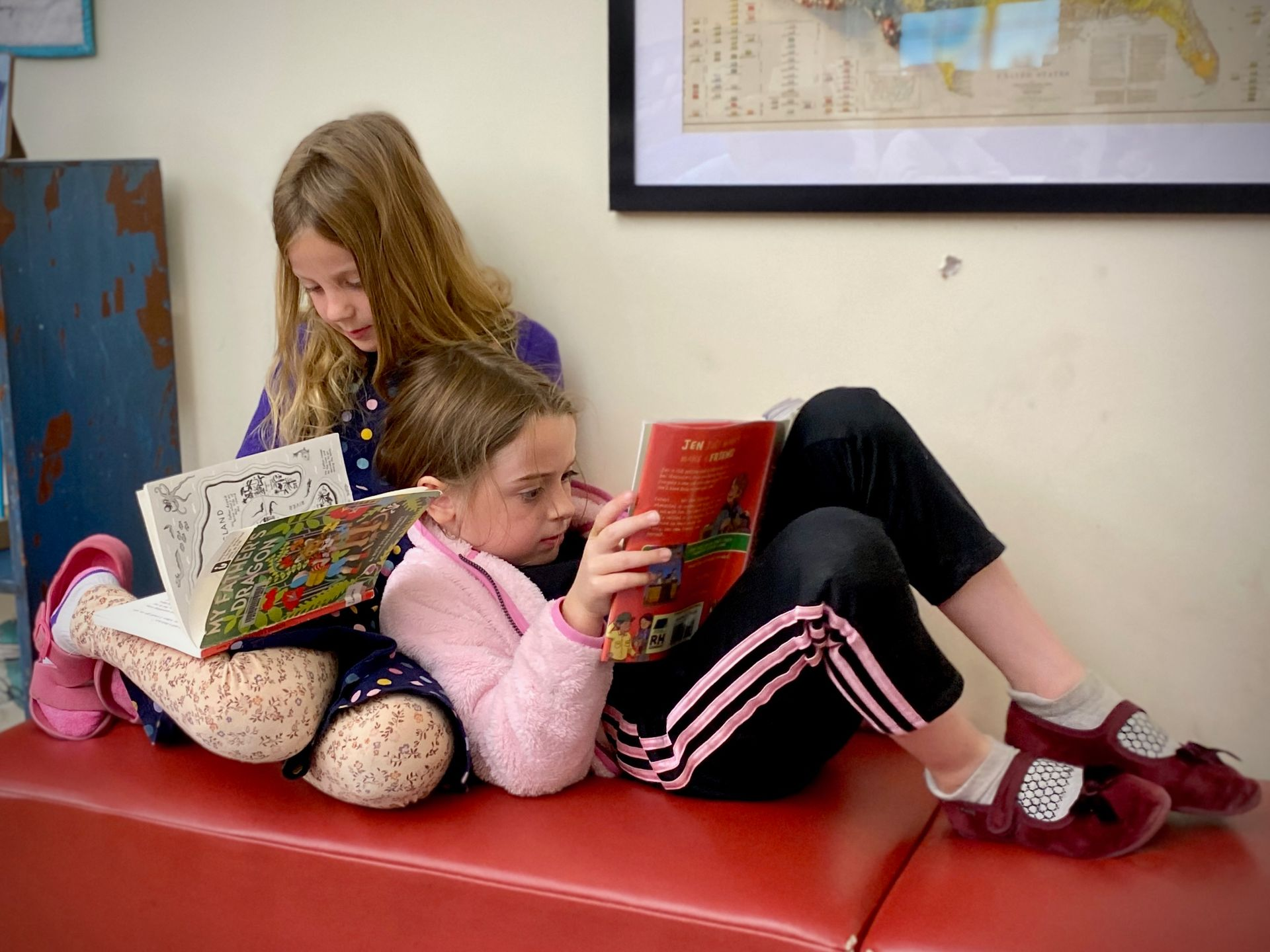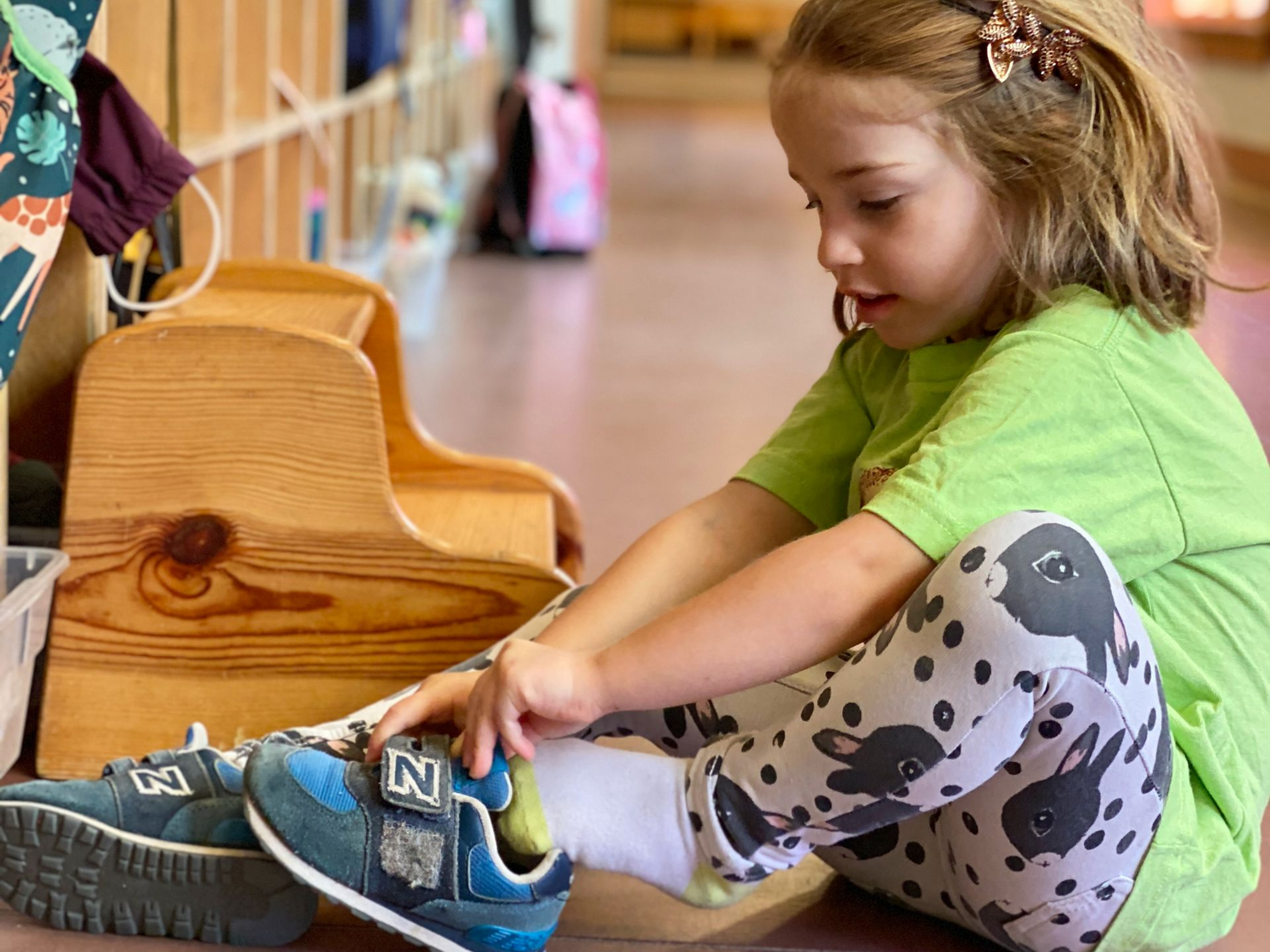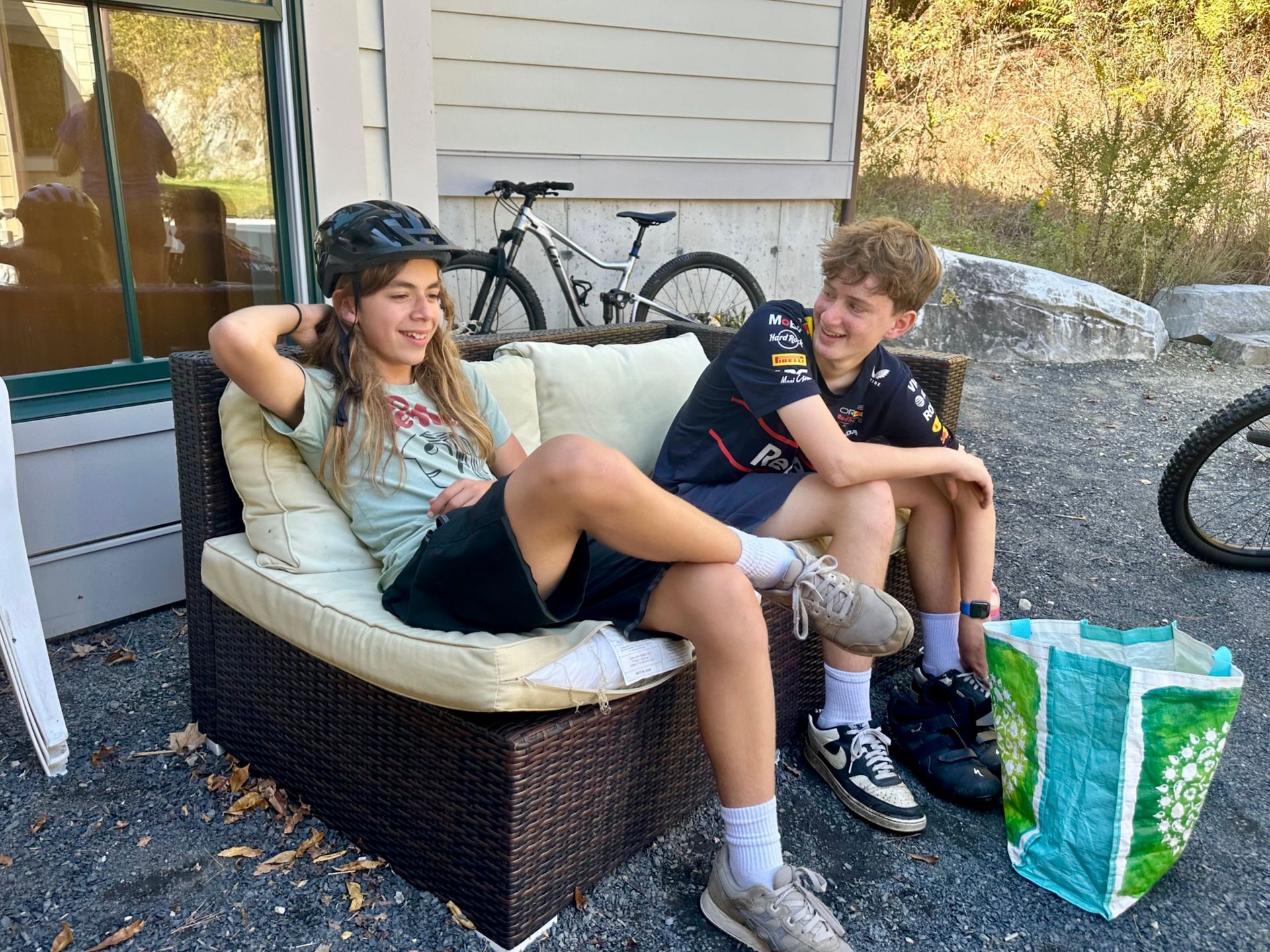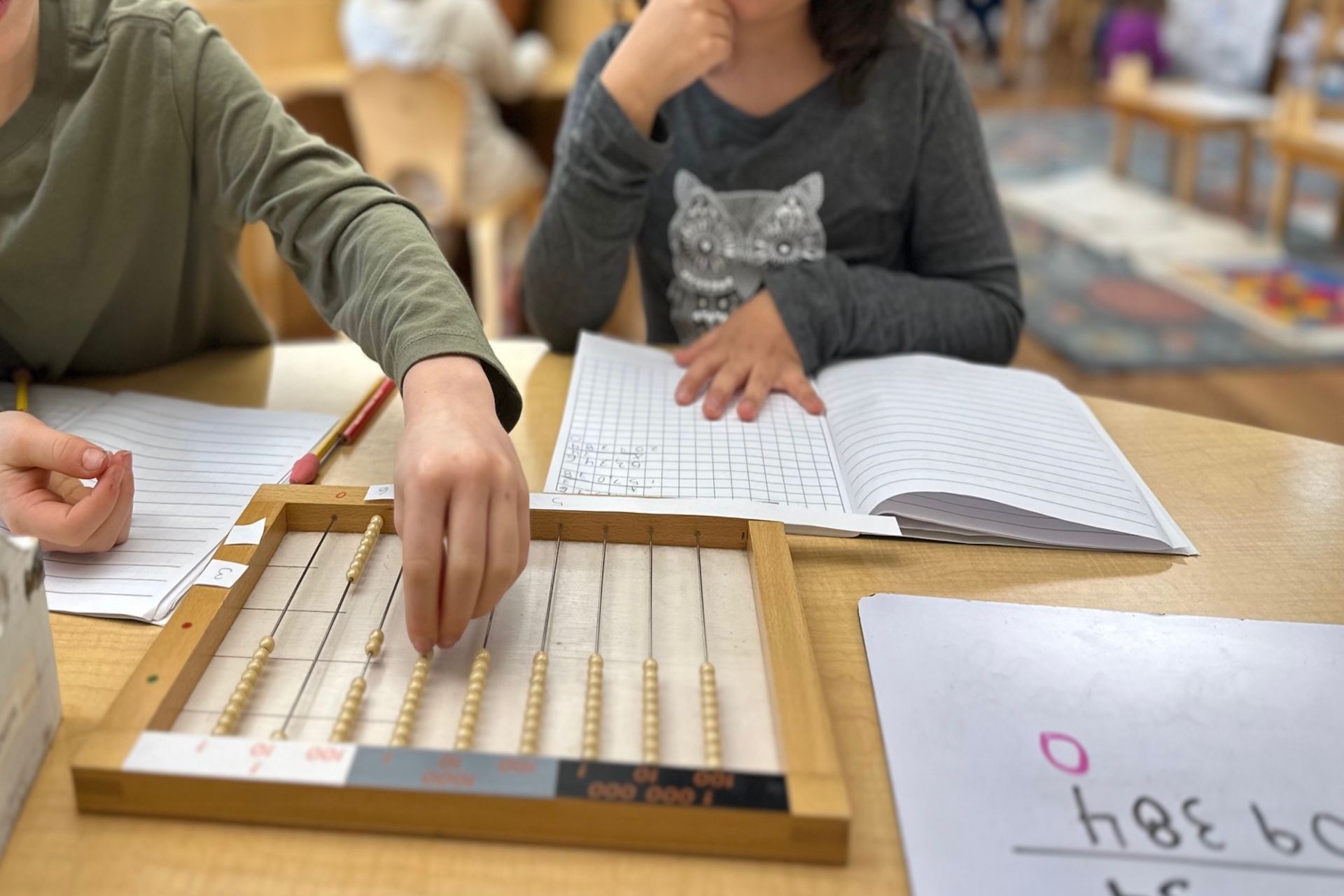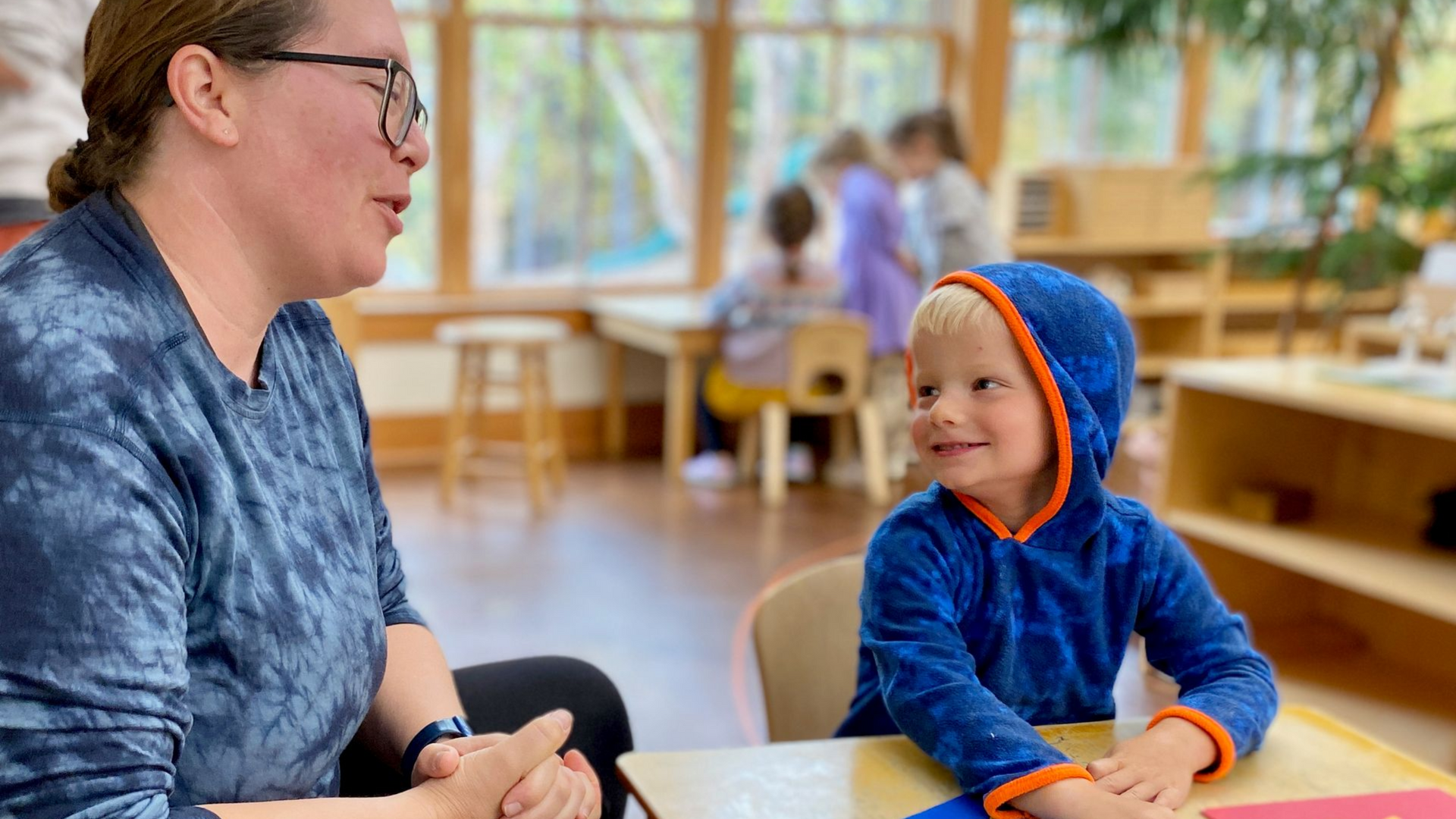Our Montessori Bookshelf: Wordless Picture Books

Even though they don’t have a written narrative, wordless picture books can be an essential part of young children’s language development. These books have pictures but no text and are often classified around a theme or sequence that is familiar to children. In our toddler and primary classrooms, we have two or three of these books on a shelf at any given time and rotate them throughout the year. Because young children are still distinguishing between what is real and what is of the imagination, we also make sure that the books are plausible, rather than focused on fantasy or imaginary themes. Really, we just take care to choose books that highlight the wonderful world as it really is.
As our students get older (even into the elementary years), we use wordless picture books to help with storytelling, sequencing, and making predictions. Taking a “picture walk” through the story helps children interpret visual clues and helps lay the foundation for becoming better readers.
After children have had time to explore a wordless picture book, we may ask them to share their interpretation of what is happening in the story. Children love dictating the story for an older peer or adult to scribe, creating speech bubbles, or even writing their own narration to accompany each page.
When “reading” a wordless picture book with your child or children, you can describe the illustrations, ask questions about what they see, and even encourage narration of a story to accompany the pictures.
Anno's Journey
by Mitsumasa Anno
This classic book with its full-page, detailed illustration shows the progression of one person’s exploration across a European countryside. The discerning eyes of children find all sorts of delights and connections across the pages. In addition, Anno has woven in treasures for more advanced searching, such as scenes from famous stories and paintings, as well as numerous cultural references. This is a wordless picture book that children can easily lose themselves in for an extended period of time.







